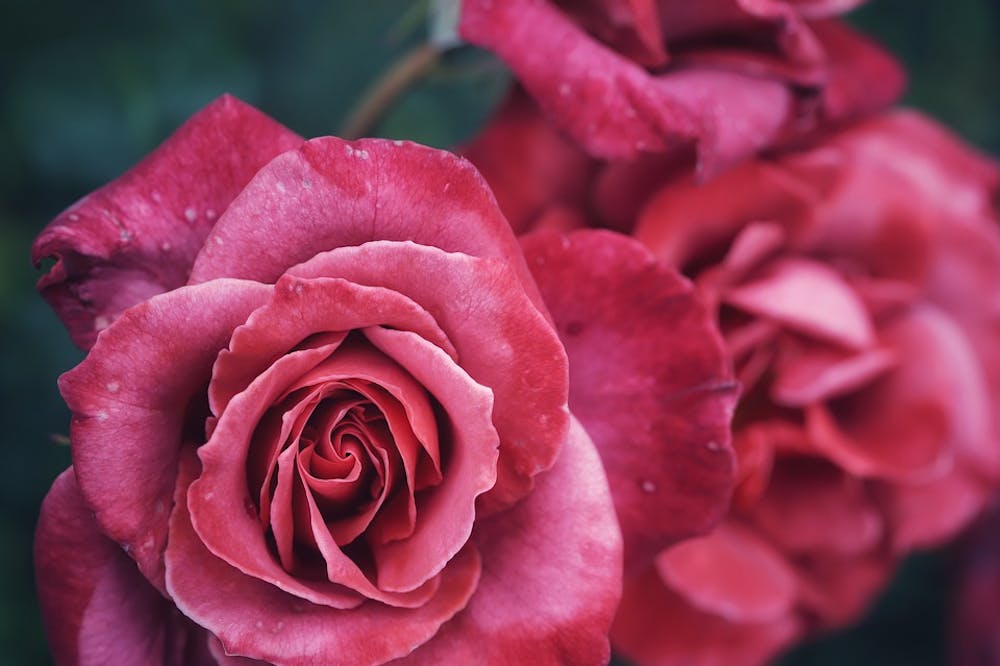By: Brandi Young
Valentine's Day is one of my favorite holidays, so during my research investigating the environmental impacts of the season, I hoped I wouldn’t find anything shocking. Unfortunately, that is not the case. As with all other holidays, although the sentiments involved may be honest, they cause massive amounts of waste. With Valentine's Day specifically, I looked into the impact that common, cliche gifts have on our environment. The biggest one I came across was the importing of roses. An estimated 100 million roses are grown on average for Valentine's Day alone. The only places roses can be grown are in warm climates, so during the winter months, the United States often imports our roses from South America. To get the roses looking as beautiful as possible, a lot of care and resources go into growing them: this means constant watering, pesticide use and floral plantation construction. According to Flowerpetal.com, production of the roses generates around 9,000 metric tons of carbon dioxide emissions. This is largely due to the fact that they are imported from far distances. The emissions from the planes and then from the trucks that travel across the country only work to magnify the carbon output and climate change as a whole. The use of pesticides is also harmful to the environment. They can end up contaminating areas they were not meant for through modes of transportation, like the wind or runoff. This process is referred to as pesticide drift. Pesticides are also harmful to important pollinators, killing and reducing the population of thousands of different species. The rise of pesticides has led to an increase in the amount of animal extinctions, insects or other, due to the fact that it acts as a poison and can harm up the food chain. The creation of the flower plantations is also extremely harmful. To create a field for flowers, you have to cut a forest of trees, convert wetlands, or alter other natural environments. Reducing the amount of trees in an area eliminates plants that can sequester carbon efficiently. Not only this, but my cutting down the vegetation in the area for commercial flower production, animals face habitat fragmentation and loss. Loss of habitat is one of the leading causes of extinction in many species. It’s not all bad, though! We can still celebrate the season of love with more eco-conscious choices and gifts. Instead of going to the store to buy the biggest brightest flowers, try shopping from a local florist. See if they have grown any roses, and if not, try buying seasonally grown flowers. Another alternative is to buy seed packets or plants for your loved one. I think this is a great idea because they can take the plant, nurture it and watch it grow. It is a gift that lasts more than a week and has little to no negative environmental impacts. Whatever you decide on this holiday, I hope it makes you think more about your choices and how they affect the world we live in.Happy Valentine's Day!
Cover photo courtesy of Pixabay

